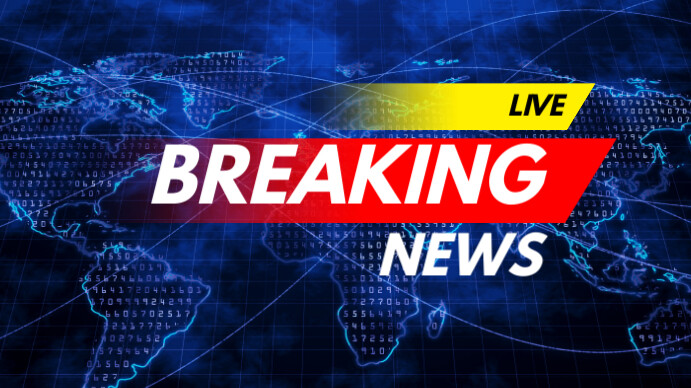Table of Contents
1. Introduction
Mirror news, often referred to as “echo chamber journalism,” is a phenomenon where individuals are exposed to news sources that reaffirm their existing beliefs and ideologies. This curated selection of news creates a virtual mirror, reflecting back the audience’s preconceptions and biases.
2. History of Mirror News
The roots of mnweekly.com can be traced back to the advent of mass media. With the rise of cable television and the internet, individuals gained unprecedented access to news sources tailored to their preferences. Social media platforms further exacerbated this trend by algorithmically prioritizing content based on user engagement.
3. Types of Mirror News
Mirror news manifests in various forms, including partisan websites, biased news channels, and echo chambers on social media platforms. These echo chambers create an environment where individuals are insulated from alternative viewpoints, reinforcing their existing beliefs.
4. Pros of Mirror News
Proponents of mirror news argue that it provides a sense of validation and belonging to individuals who feel marginalized by mainstream media. It also allows for the dissemination of niche perspectives and grassroots movements that may otherwise be overlooked.
5. Cons of Mirror News
However, mirror news has its drawbacks. It fosters polarization and tribalism, inhibiting constructive dialogue and critical thinking. Moreover, it perpetuates misinformation and reinforces confirmation bias, leading to a distorted understanding of reality.
6. Impact on Society
The influence of mirror news extends beyond individual perceptions, shaping societal discourse and political landscapes. The echo chambers created by mirror news exacerbate societal divisions, making consensus-building and compromise increasingly challenging.
7. Ethical Considerations
Ethical concerns surround mirror news, particularly regarding the spread of misinformation and the erosion of journalistic integrity. Journalists and media organizations have a responsibility to uphold ethical standards and provide balanced, accurate reporting.
8. Future Trends
As technology continues to evolve, the landscape of mirror news is likely to undergo further transformation. Advances in artificial intelligence and personalized algorithms may exacerbate the echo chamber effect, presenting new challenges for media literacy and democratic discourse.
9. How to Spot Fake Mirror News
To navigate the sea of information effectively, it’s crucial to develop critical thinking skills and fact-checking habits. Look out for sensationalist headlines, anonymous sources, and exaggerated claims. Cross-referencing information from multiple reliable sources can help discern fact from fiction.
10. Case Studies
Examining real-life examples of mirror news, such as the proliferation of conspiracy theories and the spread of misinformation during election cycles, provides valuable insights into its impact on public perception and democratic processes.
11. Conclusion
In conclusion, mirror news represents a double-edged sword in the digital age. While it offers validation and diversity of perspectives, it also poses significant challenges to societal cohesion and democratic values. As consumers of news, it’s imperative to approach information critically, interrogate our biases, and strive for a more nuanced understanding of the world around us.









